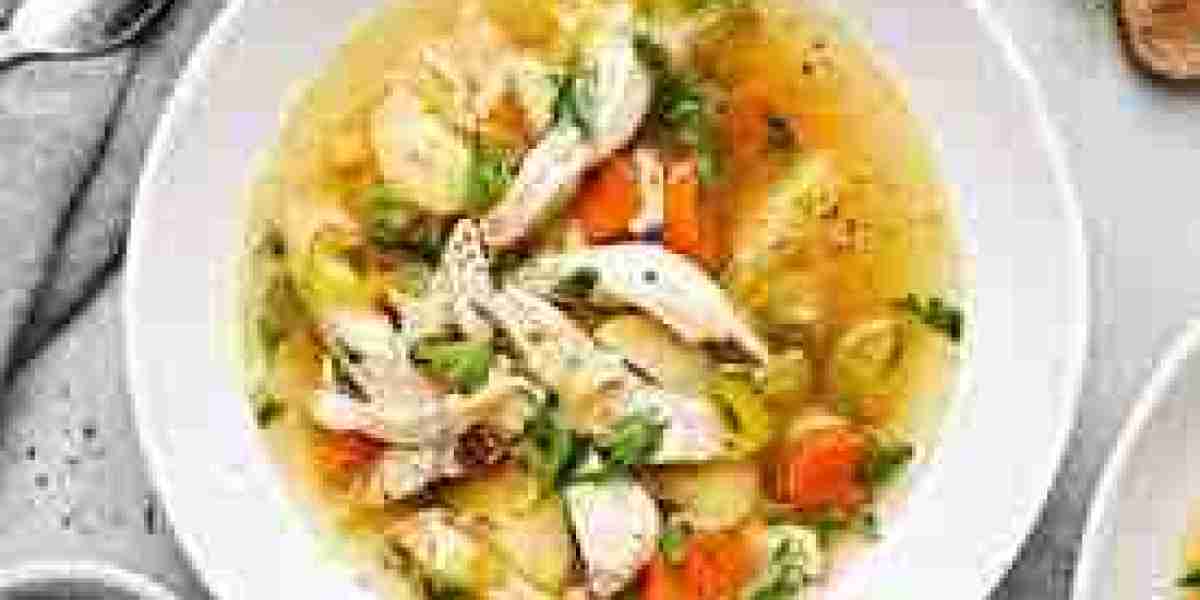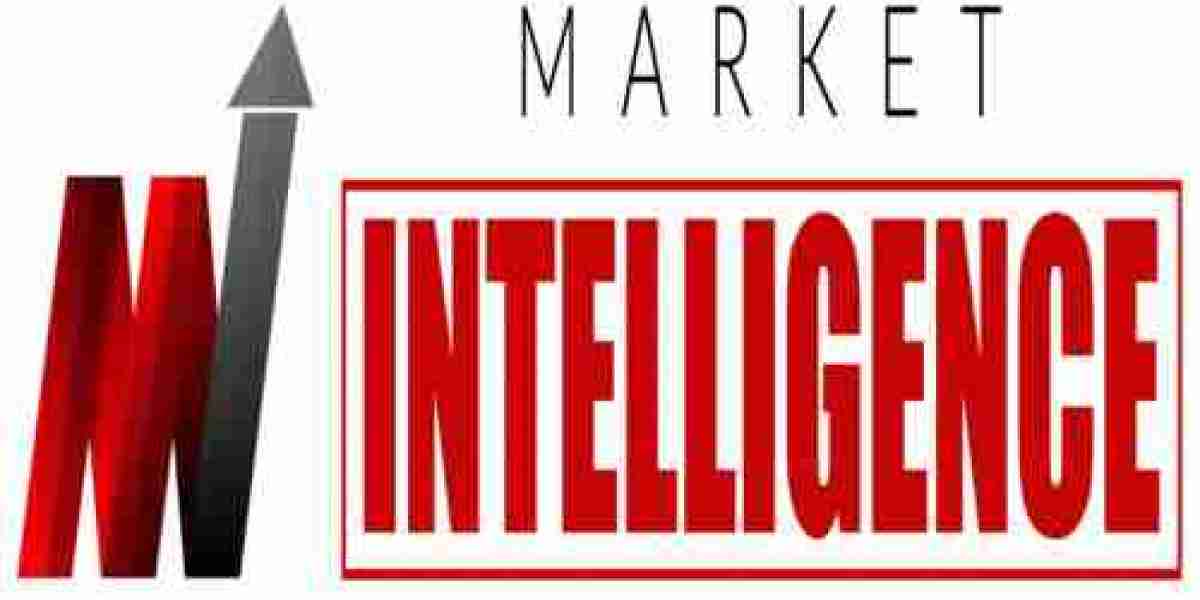The ready to eat soup market operates within a fast-evolving regulatory environment, where international trade compliance plays a pivotal role in shaping market accessibility and brand competitiveness. As cross-border food commerce continues to expand, companies must navigate a complex matrix of safety standards, import-export laws, labeling regulations, and sustainability mandates to ensure uninterrupted supply chains and consumer trust.
Food safety regulations have become significantly more stringent over the past decade, especially for processed and packaged food products like ready to eat soups. In developed markets such as the United States and the European Union, regulatory agencies like the U.S. Food and Drug Administration (FDA) and the European Food Safety Authority (EFSA) have implemented tight protocols concerning microbiological safety, preservative limits, and permissible additives. These standards impact formulation decisions and production processes for soup manufacturers seeking to operate on a global scale.
Country-specific standards are a major challenge for multinational soup brands. A formulation compliant in one region may require reformulation or even reapproval in another due to different accepted ingredient lists or labeling mandates. For instance, certain emulsifiers or colorants allowed in North America may be restricted or banned in Europe or Asia. Consequently, global players must maintain regionally customized product lines and remain highly adaptable to regulatory updates.
Labeling laws are another area undergoing significant transformation. Governments are pushing for greater transparency in food product labeling to help consumers make informed choices. Regulatory requirements now often mandate the clear display of allergen information, nutritional facts, origin labeling, and health claims substantiation. Countries such as Canada and Australia have implemented front-of-pack nutrition labeling systems, which force soup manufacturers to disclose levels of sodium, saturated fat, and added sugars prominently on the package. These requirements are pressuring brands to reduce unhealthy ingredients and adopt cleaner, more transparent marketing strategies.
The rise of sustainability regulations is also impacting compliance strategies. Increasingly, jurisdictions are implementing rules aimed at reducing food waste, carbon emissions, and unsustainable sourcing. In the European Union, the Farm to Fork Strategy is incentivizing the reduction of packaging waste and the use of environmentally friendly materials. Manufacturers of ready to eat soups are required to demonstrate the environmental footprint of their products, from ingredient origin to post-consumer disposal. These expectations are pushing companies to rework not only packaging formats but also procurement and logistics planning.
Trade agreements between countries play a significant role in facilitating or hindering the global movement of ready to eat soup products. Tariff structures, food inspection protocols, and documentation requirements vary across regions. A soup product entering the European market from the United States, for example, must adhere to strict import inspection rules that cover microbial testing, customs declarations, and proof of supply chain integrity. The complexity increases for countries without mutual recognition agreements (MRAs) in food safety standards, where re-certification or additional testing may be required upon entry.
The emergence of digital compliance tools is aiding companies in managing this growing complexity. Digital traceability platforms now allow real-time tracking of ingredient sourcing, production, and distribution, helping ensure that documentation aligns with regulatory requirements across different jurisdictions. These systems are particularly valuable for recalls or audits, providing full visibility and transparency for both regulators and consumers.
Regulatory bodies are also becoming more proactive in enforcing penalties for non-compliance. Recalls, import rejections, and financial penalties have become increasingly common for companies that fail to meet updated standards. For example, soup products found to misrepresent sodium levels or use unapproved preservatives have faced import bans in Asia and Europe. Such incidents not only disrupt revenue flow but also tarnish brand credibility and consumer loyalty.
To mitigate regulatory risks, global soup companies are setting up internal compliance teams or partnering with legal and regulatory consultants who monitor evolving standards across key markets. These teams are responsible for conducting compliance audits, managing product registrations, and ensuring documentation aligns with destination-country laws. This investment in regulatory intelligence and agility is becoming a competitive differentiator in the ready to eat soup sector.
Moreover, regulatory harmonization efforts by organizations such as Codex Alimentarius are offering long-term hope for simplifying compliance. Codex, jointly established by the FAO and WHO, aims to develop international food standards that countries can adopt to reduce trade barriers. While adoption is voluntary, countries aligning their rules with Codex often facilitate smoother trade for companies that follow those benchmarks.
Post-Brexit regulatory divergence between the United Kingdom and the European Union illustrates how political shifts can abruptly alter trade dynamics. UK-specific labeling and inspection rules, no longer synchronized with EU law, have required companies to redesign packaging and create parallel compliance processes. This is a clear reminder that geopolitical factors now directly influence regulatory structures and compliance workloads for food manufacturers, including ready to eat soup producers.
In markets like China and India, rising consumer protectionism has prompted governments to enforce stricter local standards. Soup brands exporting into these countries must now comply with domestic food codes that may demand additional testing or certifications beyond international benchmarks. In response, companies are re-evaluating their go-to-market strategies and considering local manufacturing partnerships to bypass import hurdles altogether.
The convergence of digitalization, stricter regulations, and globalized supply chains means that compliance in the ready to eat soup market is no longer a back-office function—it is a strategic pillar. Companies that proactively invest in regulatory readiness and flexible formulation approaches are positioned not only to reduce trade risk but also to build consumer trust and unlock new markets with confidence.
In conclusion, the ready to eat soup market’s regulatory landscape is becoming a defining force for international trade success. Companies that anticipate change, invest in compliance infrastructure, and embrace transparency will lead in the next chapter of global expansion. As sustainability, labeling, and safety standards evolve, so too must the operational frameworks of soup manufacturers looking to thrive in a tightly regulated global food economy.




